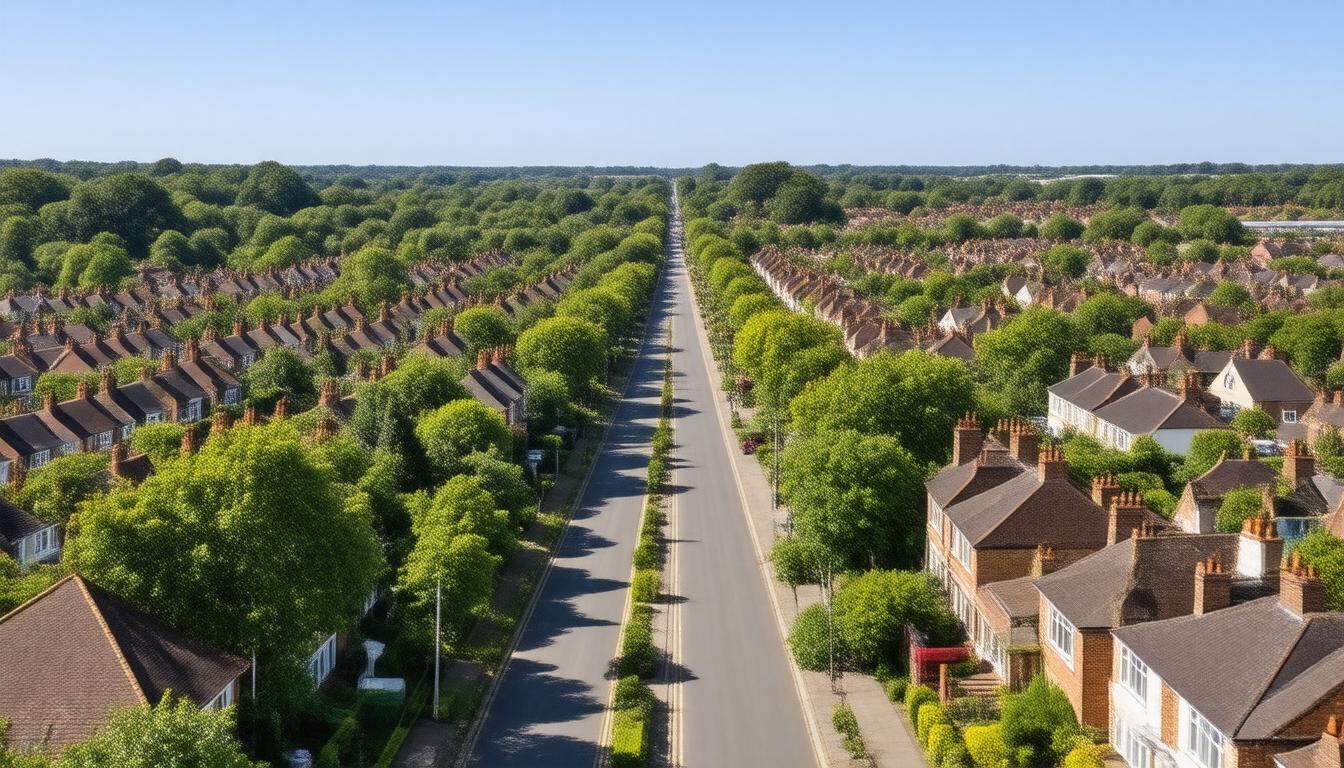The UK housing market is undergoing a remarkable transformation, marked by a sharp rise in average house prices, which have now reached £299,138 according to the latest data from the Halifax house price index. This represents a month-on-month increase of
0.7% and an annual rise of 3%, reflecting a robust demand, particularly in northern regions of the country. The recent decision by the Bank of England to reduce the base rate by 25 basis points, now set at
4.5%—the lowest level in 18 months—has directly impacted the affordability of mortgages, making home buying more accessible for potential buyers. This promising environment is further supported by a significant rise in household earnings, which is projected to continue surpassing inflation, thereby relieving financial pressure for many and boosting the confidence among first-time buyers eager to secure their homes before impending changes to stamp duty are enacted on April
1. Above all, a prevailing optimism among property investors about market outlook, combined with favorable borrowing conditions, sets the stage for vibrant activity within the UK’s real estate sector.
Key Takeaways
- The UK housing market has reached an average price of £299,138, marking significant growth in property values.
- Recent cuts in interest rates have made mortgages more affordable, boosting buyer confidence.
- Strong growth in household earnings is expected to attract more buyers before upcoming changes in stamp duty.
Current Trends in the UK Housing Market
The UK housing market is currently witnessing a remarkable upswing, highlighted by the latest figures from the Halifax House Price Index, which reveals that the average house price has surged to a record £299,138. This marks a
0.7% increase compared to last month and a notable 3% rise over the past year (Halifax, 2024). The growth appears to be particularly strong in the northern regions of the UK, reflecting regional disparities in housing demand and affordability.
Further influencing the market dynamics, the Bank of England’s recent decision to lower its base interest rate by 25 basis points to
4.5%—the lowest in 18 months—could potentially enhance buyer affordability by reducing mortgage costs (Bank of England, 2024). Analysts predict that this shift will bolster housing demand, especially among first-time buyers who are keen to secure properties before the introduction of new stamp duty thresholds scheduled for April 1,
2025.
Furthermore, the strengthening of household earnings, which is expected to keep pace ahead of inflation, will likely alleviate financial burdens on potential buyers, encouraging greater participation in the housing market (BBC News, 2024). Property investors are remaining optimistic amidst these trends, as favorable borrowing conditions coupled with rising property values create a conducive environment for investment in real estate.
Impact of Interest Rates and Buyer Confidence on Property Prices
The interplay between interest rates and buyer confidence plays a pivotal role in determining property prices in the UK market. With the Bank of England’s recent base rate reduction, the financial landscape appears increasingly attractive for buyers, particularly first-time homeowners who may be feeling the pressure of fluctuating costs. The anticipated decrease in mortgage rates resulting from this policy shift aims to stimulate not just immediate demand but also long-term market stability (Financial Times, 2024). Furthermore, historical data suggests that substantial shifts in consumer confidence usually lead to enhanced market activity, with potential buyers more likely to make commitments when they perceive economic conditions to be favorable (Savills, 2024). It is crucial to monitor how these trends develop as the implementation of new stamp duty regulations approaches in early 2025, which may further impact buyer decisions and market dynamics.





